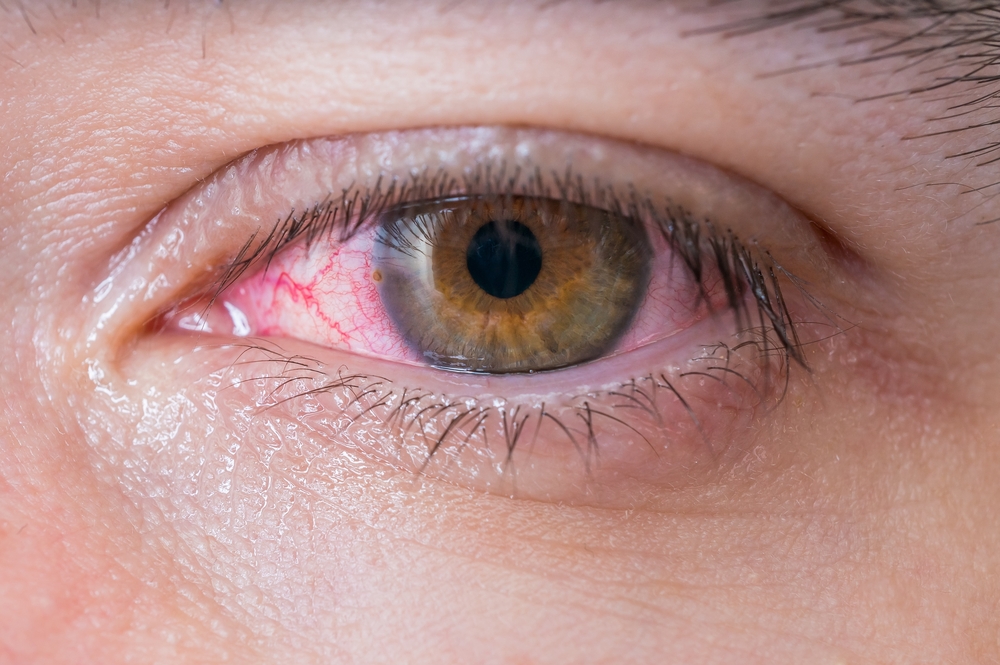
When it comes to your vision, the retina plays a pivotal role. Unfortunately, it is also prone to a variety of conditions that can impair your sight. Understanding common retinal diseases is crucial because early detection and treatment can prevent severe visual impairment or even blindness.
The Retina and Its Function
The retina is a thin layer of tissue located at the back of your eye. It is composed of millions of light-sensitive cells, including rods and cones, which are responsible for converting light into electrical signals. These signals are then transmitted to the brain through the optic nerve, where they are interpreted as the images you see.
The central region of the retina, known as the macula, is particularly important for sharp, central vision. This small area is densely packed with cones and is vital for reading, driving, and recognizing faces. The peripheral retina, which surrounds the macula, contains primarily rods and is responsible for peripheral and night vision. Maintaining the health of both the macula and the peripheral retina is essential for a full range of vision.
Damage or disease affecting the retina can lead to a host of visual disturbances or even vision loss. The retina's delicate nature makes it susceptible to damage from systemic diseases, age-related changes, and other eye conditions.
Age-Related Macular Degeneration
Age-Related Macular Degeneration (AMD) is a prevalent condition that typically affects individuals over the age of 50. There are two types of AMD: dry and wet. Dry AMD is more common and involves the gradual thinning of the macula, leading to a slow but progressive loss of central vision. Wet AMD is more severe and occurs when abnormal blood vessels grow under the retina and leak fluid or blood, leading to rapid vision loss.
Causes: a combination of genetic, environmental, and lifestyle factors. Smoking, high blood pressure, and obesity are known risk factors, as are prolonged exposure to UV light and a diet lacking in certain nutrients like lutein and zeaxanthin.
Symptoms: Blurred or dark areas in the center of your vision or find that straight lines appear wavy. As AMD progresses, you may find it increasingly difficult to read, drive, or recognize faces.
Treatment: For dry AMD, antioxidant vitamins and zinc may be recommended to help reduce the risk of progression. For wet AMD, treatments like anti-VEGF injections, which inhibit the growth of abnormal blood vessels, can be highly effective. Laser therapy and photodynamic therapy are additional options that may be considered in certain cases.
Diabetic Retinopathy
Diabetic Retinopathy is a serious complication of diabetes that affects the blood vessels of the retina.
Causes: High blood sugar levels can damage these tiny blood vessels, causing them to swell and leak or, in some cases, close off completely. In more advanced stages, new blood vessels can grow on the surface of the retina, which can lead to further vision problems. Both type 1 and type 2 diabetics are at risk for this condition, and the longer a person has diabetes, the greater the risk becomes.
Symptoms: Spots or dark strings floating in your vision (floaters), blurred vision, fluctuations in vision, dark or empty areas in your vision, and difficulty with color perception.
Treatment: Laser treatment can be used to seal off leaking blood vessels and reduce the growth of new ones. Injections of corticosteroids or anti-VEGF drugs into the eye can also help reduce swelling and prevent further blood vessel growth. Vitrectomy, a procedure to remove blood from the vitreous (the clear gel that fills the eye) and scar tissue from the retina, can help improve vision.
Retinal Vein Occlusions
Retinal Vein Occlusions (RVOs) occur when one of the veins carrying blood away from the retina becomes blocked. This blockage can lead to a buildup of blood and fluid in the retina, damaging vision. There are two types of RVO: branch retinal vein occlusion (BRVO), which occurs when one of the smaller branches of the central vein is blocked, and central retinal vein occlusion (CRVO), which occurs when the main retinal vein is blocked. The treatment and prognosis for these two types can differ significantly.
Causes: Risk factors associated with this condition include high blood pressure, high cholesterol, diabetes, and glaucoma. Age is also a risk factor, with most RVOs occurring in people over the age of 50.
Symptoms: Sudden loss of vision or a gradual worsening of vision over time. You might also experience blurriness or a sudden onset of floaters in your vision. The severity of the symptoms often depends on the extent of the blockage and whether the central vein or a branch vein is involved.
Treatment: Medications such as anti-VEGF agents or corticosteroids may be injected into the eye to reduce the swelling and improve vision. Laser treatments can also help to seal off leaking vessels and reduce swelling. A vitrectomy may be necessary to clear the blood and restore vision.
Conclusion
Caring for your retinal health is an important aspect of maintaining overall well-being and quality of life. Understanding the causes and symptoms of these common retinal diseases and discussing treatment options with your eye doctor can help you take control of your eye health.
If you or a loved one are experiencing symptoms that may indicate a retinal disease, visit The Center for Eye Care and Optical at our office in West Islip, New York. Please call (631) 825-7725 to schedule an appointment today.











